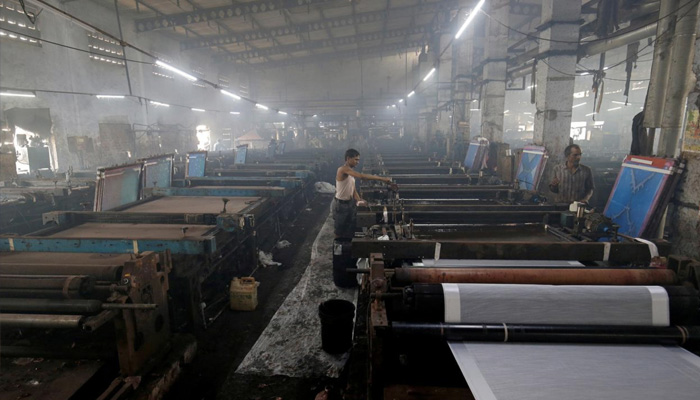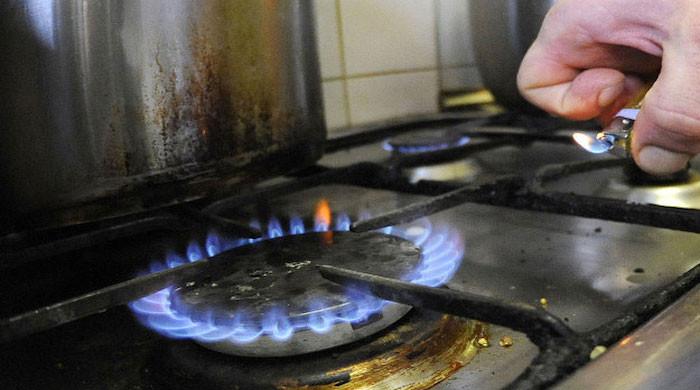Textile industry outlines path forward on Trump tariffs
US introduced 29% reciprocal tariff on imports from Pakistan, prompted by its $2.99bn trade deficit with country
April 08, 2025

The textile sector has proposed a course of action to the government regarding the Trump tariffs, stating that the United States is not looking for tariff reductions but is instead focusing on addressing bilateral trade imbalances, The News reported on Tuesday.
The United States has introduced a 29% reciprocal tariff on imports from Pakistan, prompted by its $2.99 billion trade deficit with the country. This tariff is calculated based on a US deficit-to-import ratio, leading to a 29% reciprocal duty on Pakistani exports.
Pakistan’s MFN tariffs are moderate — 10.3% on average, including 9.9% for nonagricultural goods — and do not constitute significant barriers to US exports. The $3 billion US trade deficit with Pakistan is relatively insignificant, accounting for just 0.25% of the total US.
So, given the limited economic impact of Pakistan’s surplus and its modest tariff regime, there is credible room for negotiation, especially if US market access concerns are addressed constructively, says the paper prepared for the government by APTMA on ‘Trump Tariffs: Impact on Pakistan and Way Forward.”
Importantly, the US administration has explicitly signaled openness to negotiation. Trump has repeatedly indicated that countries may be able to secure exemptions or reductions if “concerns are addressed.
The United States is a critical market for Pakistan’s exports, particularly for textiles and apparel. In 2024, total exports to the US stood at $5.12 billion, of which $3.93 billion, or 76.7%, were textile and apparel. The apparel and made-up textile segments accounted for over 71% of Pakistan’s total exports to the US.
The US is the second largest market for textile exports after the EU, accounting for about 25% to annual sectoral exports, making the sector highly concentrated and deeply exposed to any increase in tariffs. Pakistan imported $2.14 billion in goods from the US in 2024, of which cotton imports were $771.59 million (36%).
Other key import categories included metals, machinery and electrical equipment, and chemicals.
Given the limited economic impact of Pakistan’s surplus and its modest tariff regime, there is credible room for negotiation, especially if US market access concerns are addressed constructively.
The APTMA also suggested option to increase US imports to balance the trade deficit saying that US cotton is already being imported on zero duty and Pakistan can substitute imports from Brazil and Afghanistan. To enable demand, FES (Export Financing Scheme) anomalies disadvantaging local yarn must be resolved.
The government should allow direct imports of US LNG by the textile sector that is to reduce energy costs and will support US exports, without harming Pakistan’s trade position. Regulatory approval is required to this effect.
Beyond the challenge of tariffs, Pakistan’s is highly exposed to a demand slowdown in its key export markets. The US and EU account for $10–12 billion of Pakistan’s $18-20 billion in annual textile and apparel exports, making the sector particularly vulnerable.
An additional 10% of exports — mainly intermediates like yarn and fabric — are shipped to countries like Bangladesh and Vietnam, which have themselves been impacted by tariffs and face similar demand-side pressures.











